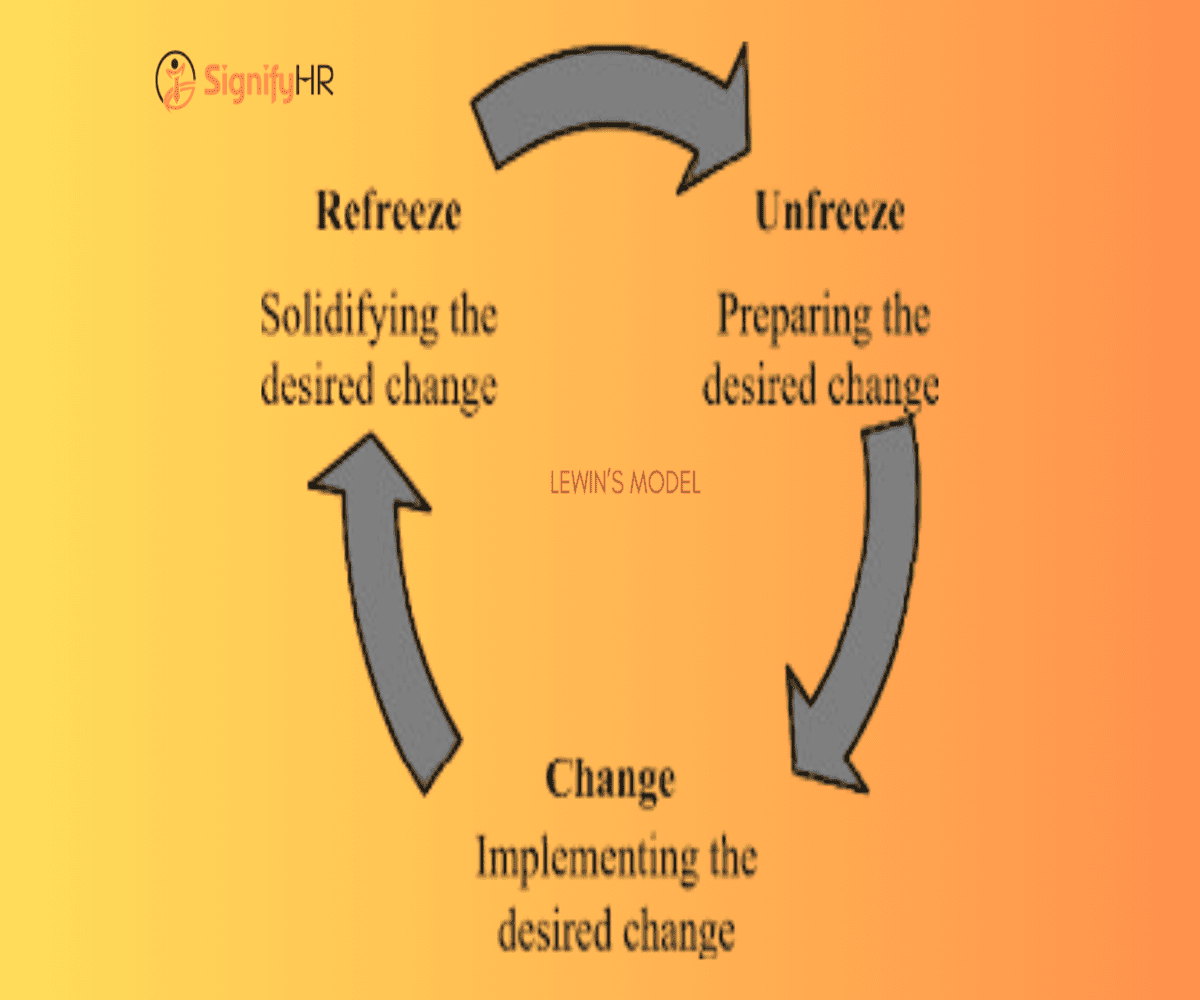Change is an inevitable part of any business or organization. Whether adapting to market trends, implementing new technologies, or restructuring operations, successful change management is crucial. One of the most effective frameworks for managing organizational change is Lewin’s Change Management Model, developed by Kurt Lewin, a pioneer in social psychology.
This model provides a structured approach to help organizations navigate change smoothly and achieve long-term success. Let’s explore each stage in detail and understand how it applies to management courses and business leadership.
Understanding Lewin’s Change Management Model
1. Unfreeze
The first step in any change initiative is to prepare the organization for transformation. This involves breaking down existing processes and mindsets that may resist change.
Key Actions:
- Identify the need for change and communicate it clearly.
- Challenge current beliefs, habits, and behaviors.
- Encourage discussions to foster openness to change.
- Provide training and awareness programs to support transition.
2. Change (Transition)
Once the organization is ready, the transition phase begins, where new processes, behaviors, and strategies are introduced.
Key Actions:
- Implement the change in a structured and phased manner.
- Provide continuous support, training, and resources.
- Encourage employee involvement and feedback.
- Address challenges and resistance proactively.
3. Refreeze
To sustain the change, organizations must reinforce and stabilize the new processes and behaviors so they become the standard way of operating.
Key Actions:
- Embed new behaviors into company policies and culture.
- Recognize and reward employees who embrace the change.
- Monitor progress and make necessary refinements.
- Provide ongoing training and support to maintain success.
Conclusion
Lewin’s Change Management Model offers a simple yet powerful approach to implementing successful organizational change. For management students and professionals, understanding this model is essential for driving transformation, overcoming resistance, and fostering a culture of adaptability.
By applying these principles, organizations can navigate change more effectively, ensuring long-term success and competitive advantage in an ever-evolving business landscape.
Key Takeaways:
- Change management requires careful preparation, execution, and reinforcement.
- Employee engagement and support play a crucial role in successful adoption.
- Sustainability of change depends on embedding new practices into the organizational culture.
Mastering Lewin’s Change Management Model equips managers and business leaders with the tools needed to lead successful transformations, making it an essential topic in management courses and corporate leadership training.

